Kvískerjajöklar are two small glacier on the eastern slopes of Öræfajökull. They are named after the farm Kvísker and played a role in a famous ascent in 1794.
The eastside of Öræfajökull is the wettest place in Iceland. The weather station at Kvísker receives some 4000 mm annually. Higher up the mountain, this amount even doubles. Hence, there is plenty of snow to generate glaciers. Two of the smaller ones are North and South Kvískerjajökull, or Kvískerjajöklar plurally. The South glacier is sometimes called Bræðrajökull.
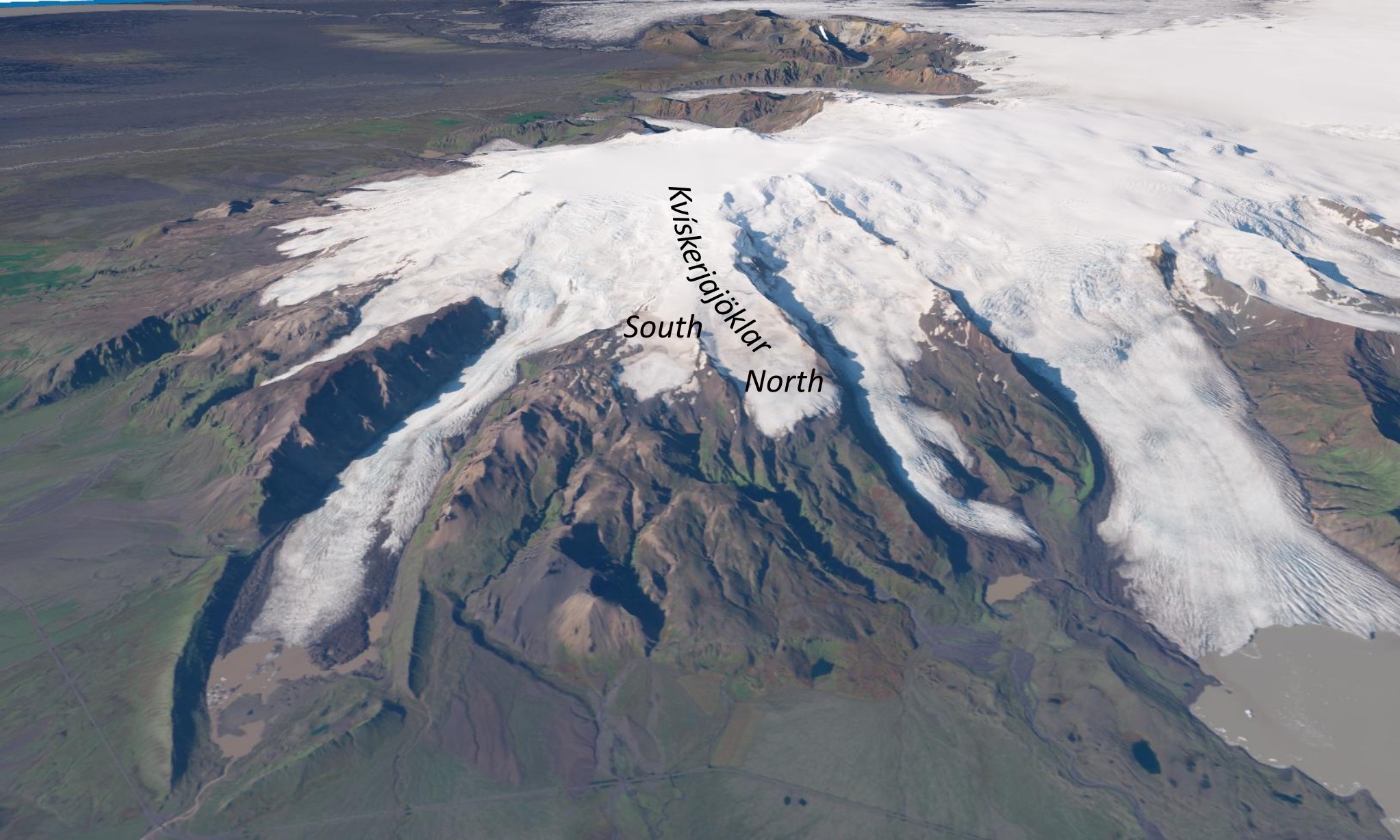
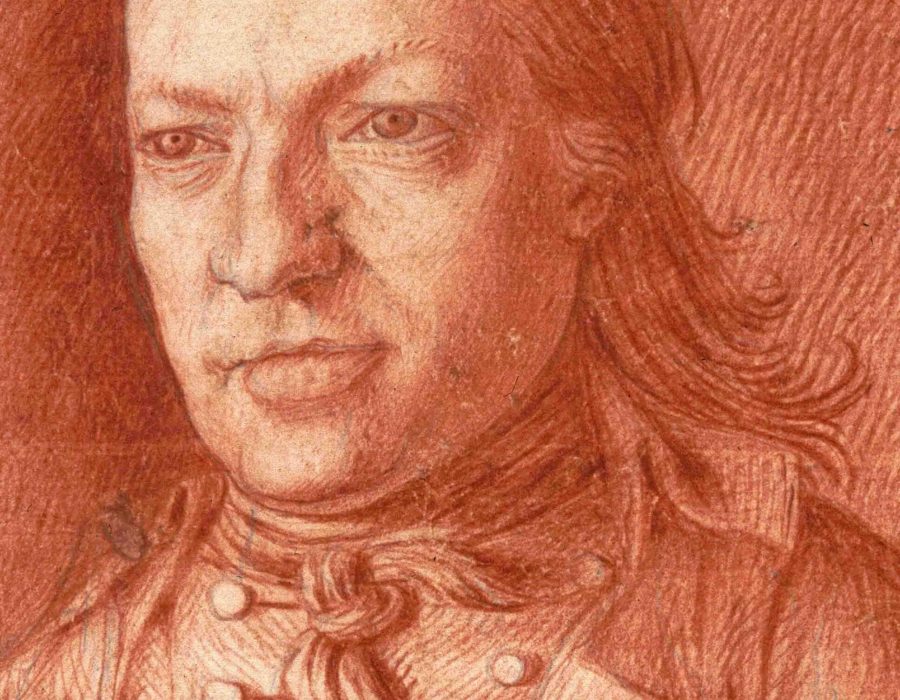
South Kvískerjajöklar had a part in one of Iceland’s most famous ascents. On August 11th 1794, Icelandic natural scientist Sveinn Pálsson was the first (known) man to reach the top plateau of Öræfajökull volcano. He must have climbed via the South glacier. At the top he did a groundbreaking discovery about glaciers, see the story about neighboring Hrútárjökull.
Sveinn Pálsson set off from the then-abandoned Kvísker farm and reached the edge of South Kvískerjajöklar after three hours. He and his two companions rested on a little hill and noticed that the glacier had retreated from a moraine close to the top of the hill. After their successful ascent, the men built a cairn on top of the hill:
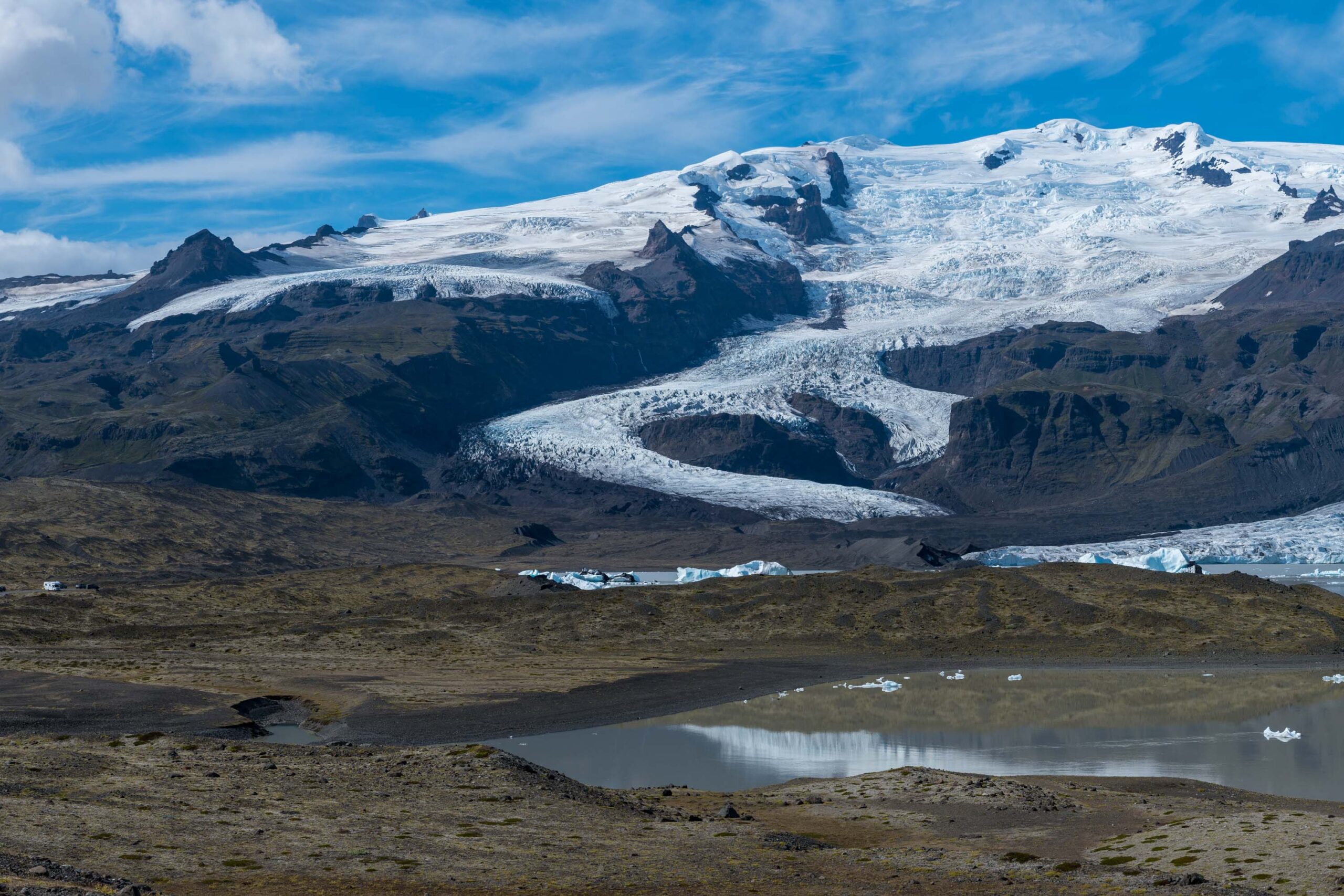

‘’On the hill just noted, we built a stone pyramid and placed a Danish copper coin on top of it, so that if anybody should try to follow our steps, they would here find the location from which we started our ascent of the glacier. This location undoubtedly is the most convenient as long as the glacier does not undergo any changes here.’’ (Pálsson, translated by Williams and Sigurðsson, 1998).
Many years later, three of the brothers that lived at Kvísker farm wanted to repeat Pálsson’s famous ascent. Flosi, Hálfdan and Helgi Björnsson set off from home in the night of August 1st, 1957. In front of Kvískerjajöklar, they saw the cairn on top of a prominent rock that must have been right next to the glacier in Pálsson days. When Flosi revisited the place in 1965, he discovered the letter ‘P’ carved into the rock, a clear sign that Pálsson indeed marked the place (Björnsson, 1957, 1965). In honor of Sveinn Pálsson the hill was named Sveinshöfði.
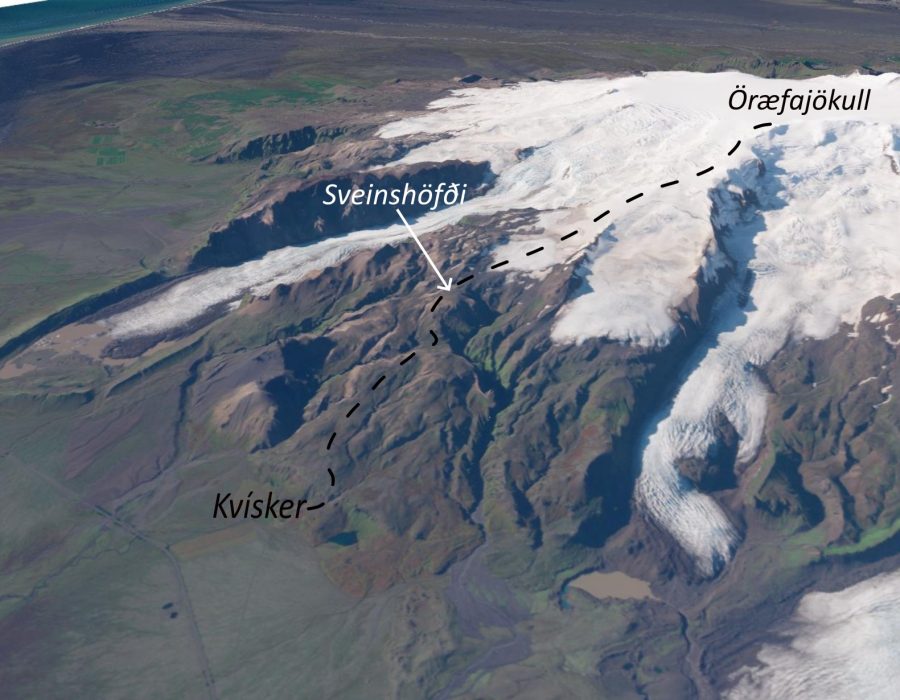
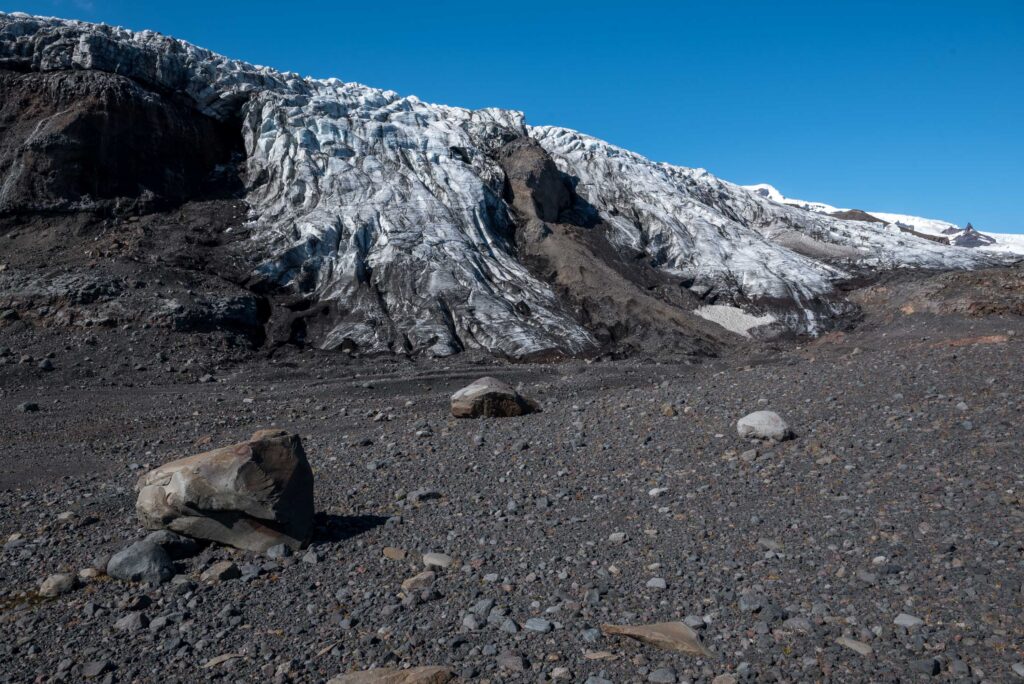
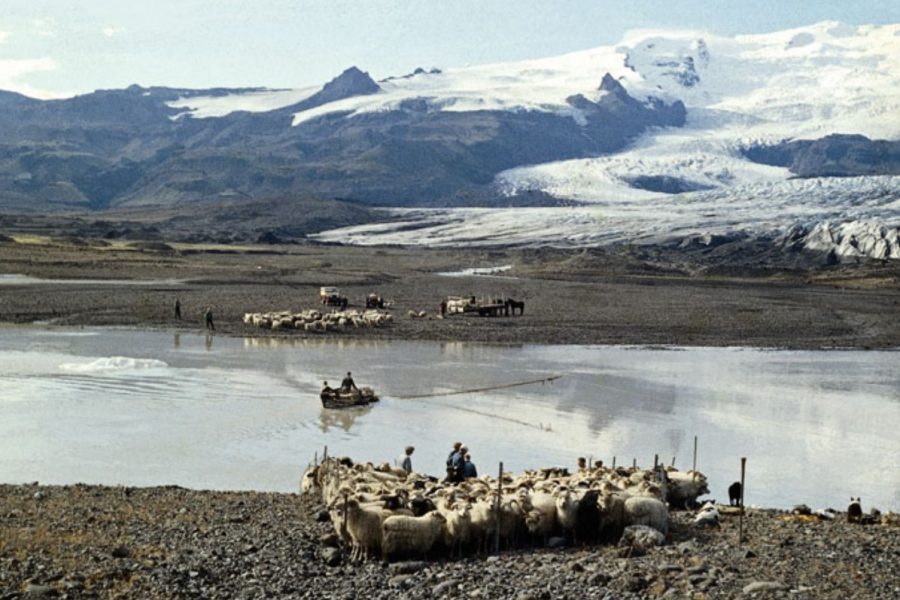
All three Björnsson brothers were self-educated scholars in their own field. Flosi studied the glaciers and spoke many languages, Helgi was a great designer and explorer and Hálfdan was a respected naturalist, known for his diverse collection of natural artefacts and extensive knowledge of plant and animal life (Morgunblaðið, 12-03-2017). They must have enjoyed the climb to the top of the ice plateau at 1927 m and the view over the lands they knew so well, just like Pálsson did 163 years before them.
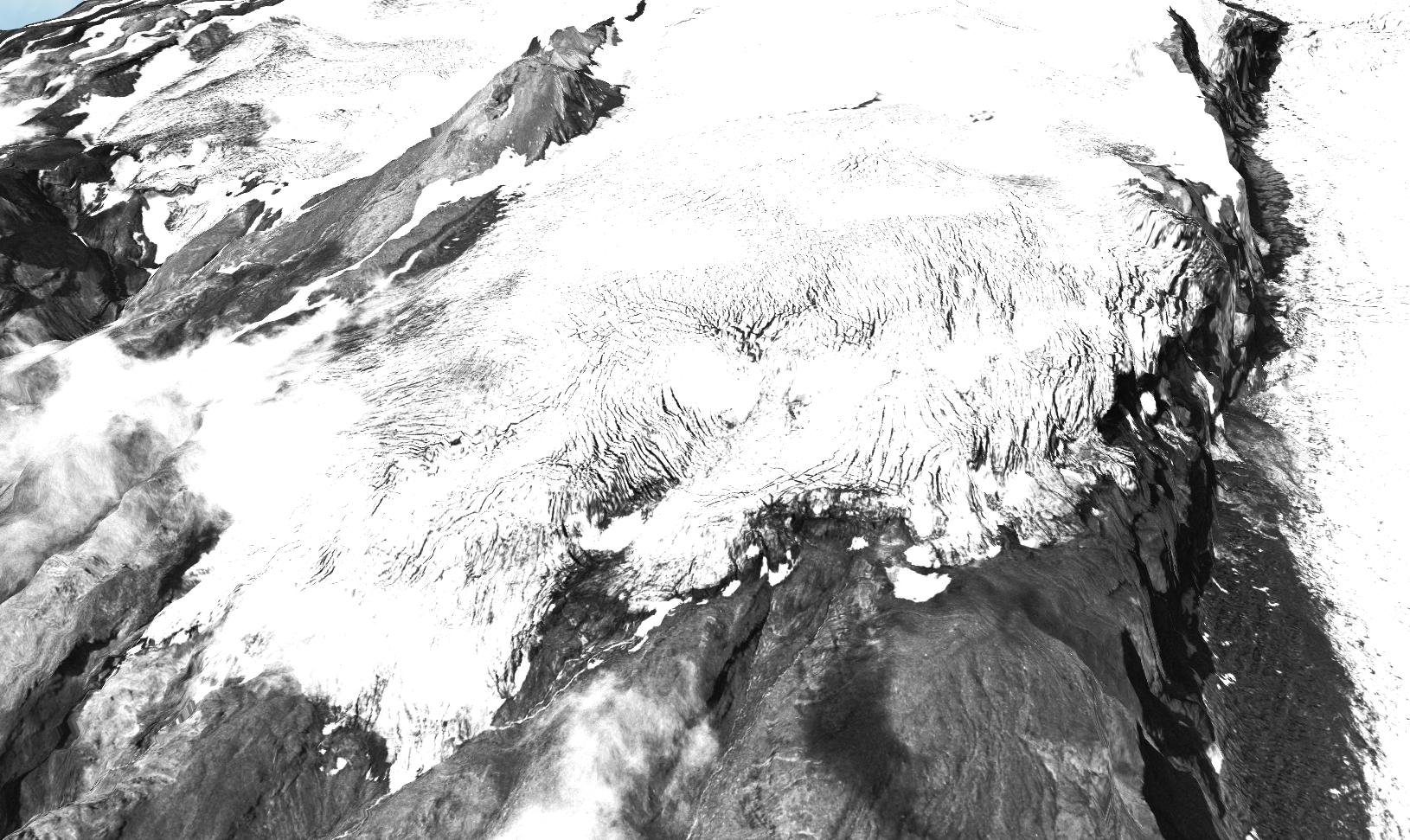

North Kvískerjajöklar in 1992 and 2021, South glacier in the left background. Source: Landmælingar Íslands and Loftmyndir ehf.
Flosi Björnsson (1906-1993) described the behavior of Kvískerjajöklar since the late 19th century. He recalled how the glacier dropped down into the ravines of Múlagljúfur and Rótarfjallsgljúfur. At the latter one the glacier formed a moraine around 1900, only 25 m from the moraine that Pálsson already mentioned in 1794. In the 1930’s the glacier began retreating rapidly and it eventually left the ravine around 1960 (Björnsson, 1998).
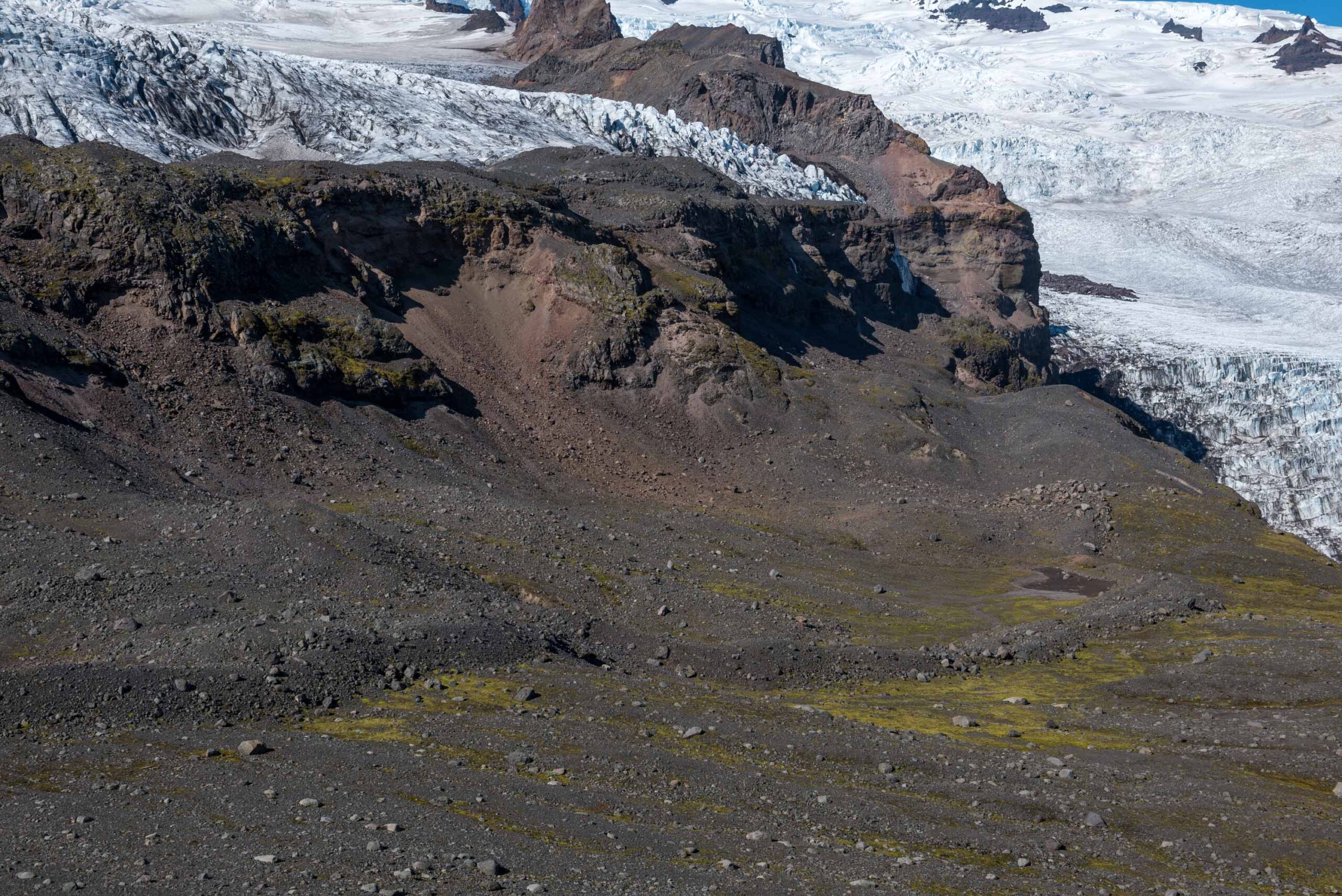
At the end of Flosi’s life, Kvískerjajöklar advanced slightly. Especially the northern part of the glacier pushed up a distinct front moraine. Since then, both parts have retreated 300-500 m. In total, the glacier lost 37% of its area from 1880 to 2011 and almost half a meter in thickness every year. Remarkably, the snout thickened in 2015-2017 (Guðmundsson and Björnsson, 2020).
In the years after 2016 the north glacier advanced slightly. Maybe as a small tribute to the Kvísker brothers, of whom the last member (Hálfdán) died in 2017. The glacier locally formed new moraines in the north and has remained stable since then, while the south glacier continues to retreat. Pálsson wouldn’t recognizing the place if he hadn’t erected a cairn.
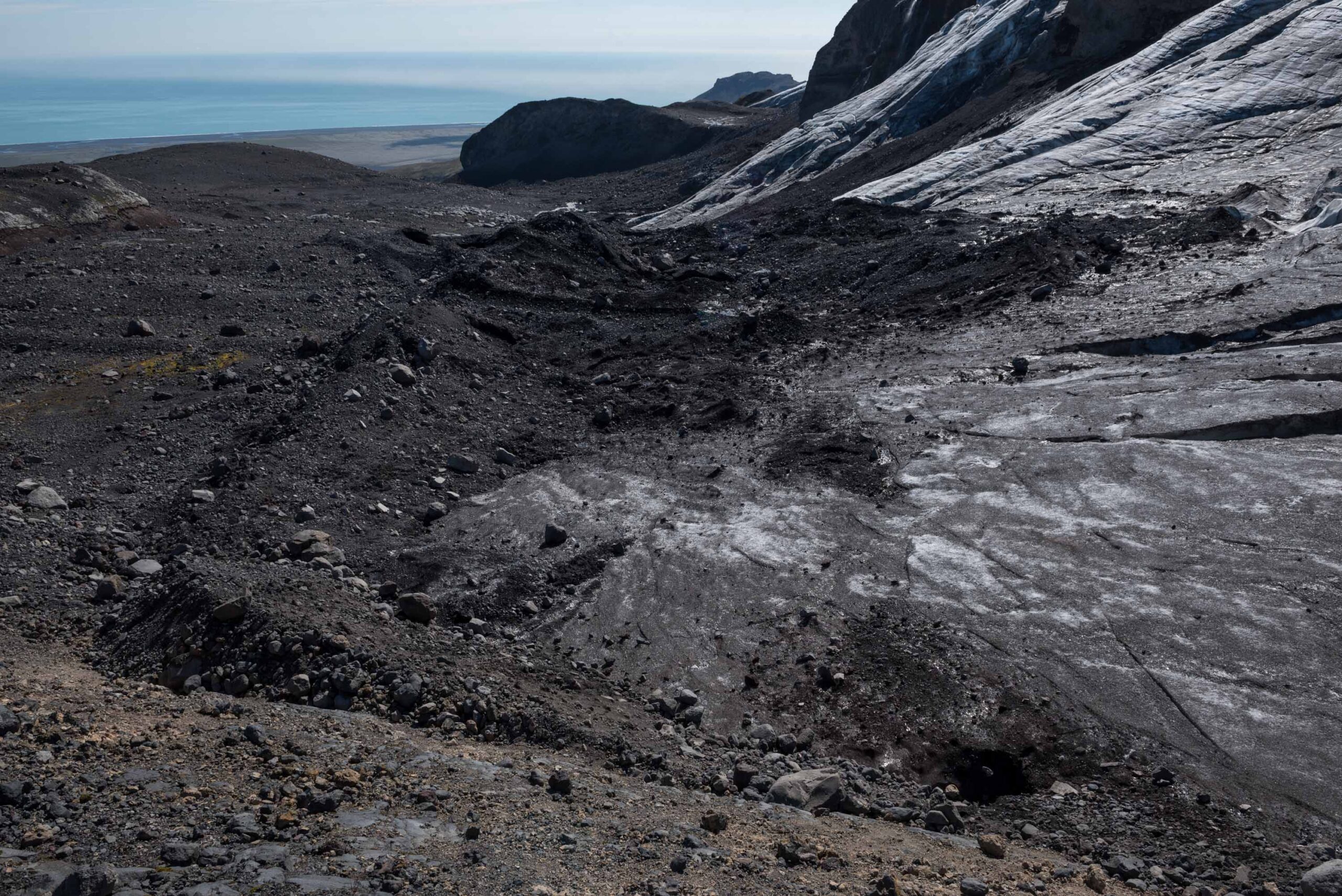
Search within glacierchange: